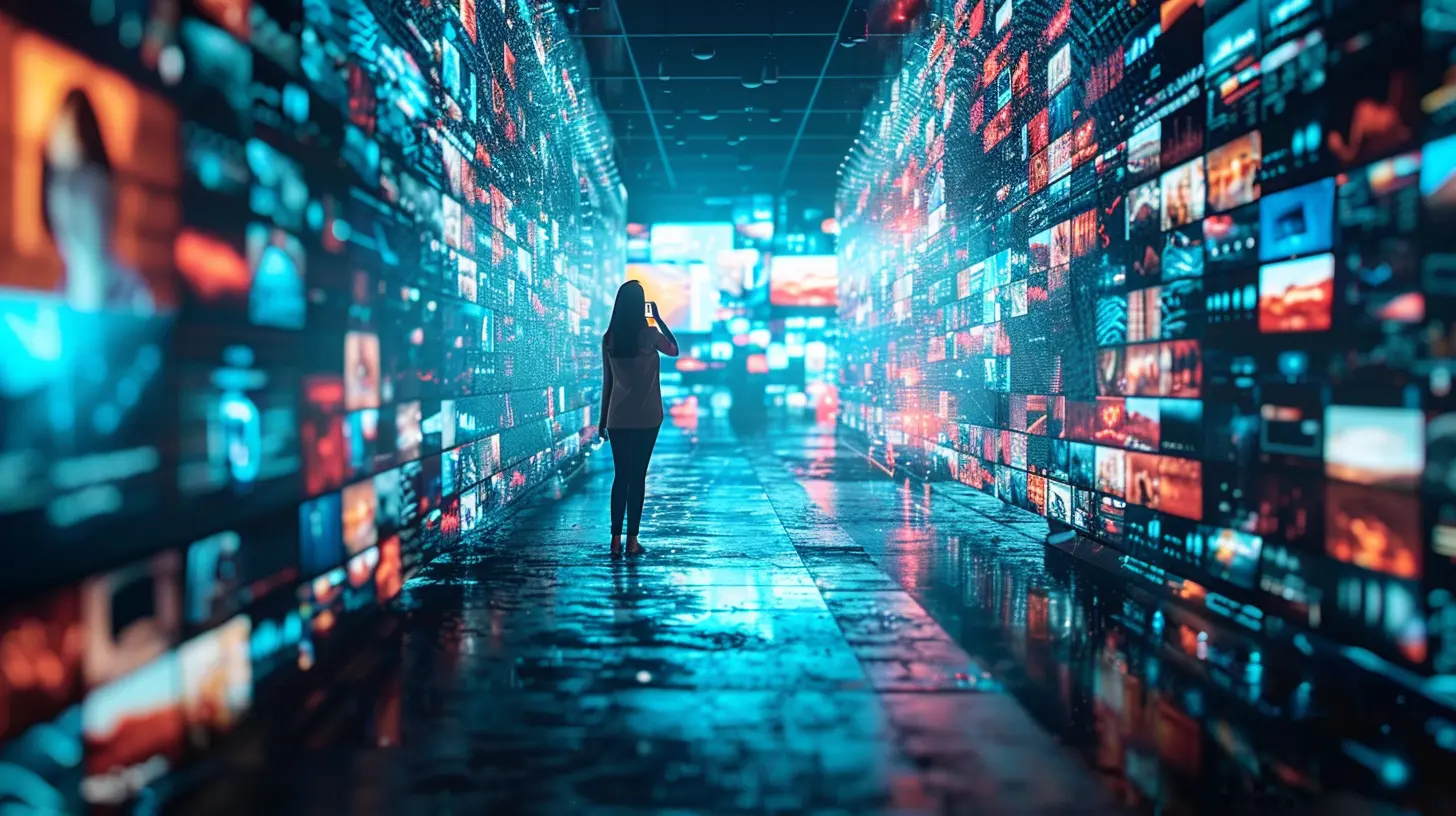Digital Transformation in Media: The New Age of Streaming Services
10 July 2025
The world of media has undergone a seismic shift, thanks to digital transformation. Gone are the days when families huddled around a single television, waiting for their favorite shows to air at a specific time. Today, streaming services have changed the game, making content available anytime, anywhere. But how did we get here, and where is the industry headed? Let’s dive in. 
The Rise of Streaming Services
Streaming services didn’t just appear overnight. They’ve been evolving for years, fueled by advancements in technology and changing consumer habits.From DVDs to Digital
Remember when renting DVDs from Blockbuster was a weekend ritual? It wasn’t that long ago. Then Netflix came along with its mail-in rental service, and soon after, it introduced online streaming. That innovation kicked off an industry-wide transformation, shifting media consumption from physical formats to digital streaming.On-Demand Culture
Streaming services cater to a generation that dislikes waiting. Whether it’s binge-watching a TV series or catching a live concert on-demand, people want content instantly. This demand has propelled platforms like Netflix, Disney+, and Hulu to rethink their strategies, ensuring viewers get what they want, when they want it.
How Digital Transformation is Shaping Streaming
Technology has been at the heart of this shift, making streaming services smarter, faster, and more personalized.Artificial Intelligence & Personalization
Ever wondered how Netflix always seems to know what you’d love to watch next? That’s AI at work. Streaming platforms use artificial intelligence and machine learning to study user behavior, suggesting content tailored to individual preferences. This keeps viewers engaged and encourages them to stay subscribed.Cloud Computing & Scalability
Streaming services handle massive amounts of data daily. Cloud computing enables them to store and distribute content efficiently without requiring expensive physical infrastructure. This scalability allows platforms to stream content seamlessly across different devices, from smartphones to smart TVs.5G & Faster Streaming
With the rollout of 5G, buffering could soon become a thing of the past. Faster internet speeds and low latency mean smoother streaming, even in high resolutions like 4K and 8K. This is especially important as demand for high-quality video content continues to rise.
The Battle for Content Supremacy
Competition among streaming platforms is fiercer than ever. Each service is fighting to secure exclusive content, attract new subscribers, and retain existing ones.Original Content is King
Streaming giants have realized that owning exclusive content is the key to dominance. That’s why companies like Netflix, HBO Max, and Apple TV+ are investing billions in original productions. Shows like Stranger Things, The Mandalorian, and House of the Dragon have become major selling points for their respective platforms.Licensing Deals & Acquisitions
Not every streaming service can afford to create original content on a massive scale. Some rely on licensing deals to build their libraries. Others, like Disney, have acquired media giants (such as Marvel, Pixar, and 20th Century Studios) to strengthen their content catalog.
The Role of Advertisements in Streaming
At first, streaming services prided themselves on being ad-free. But things are changing.Rise of Ad-Supported Models
Platforms like Hulu and Peacock offer lower-cost subscription tiers that include advertisements. Even Netflix and Disney+ have introduced ad-supported plans to attract budget-conscious consumers while boosting revenue. This hybrid model allows users to choose between paying for an ad-free experience or tolerating short commercial breaks in exchange for a lower monthly fee.Interactive & Personalized Ads
Ads on streaming platforms are smarter than traditional TV commercials. They’re targeted based on user preferences, similar to how social media platforms serve ads. This means users are more likely to see promotions that actually interest them, making advertisements feel less intrusive.Challenges Facing the Streaming Industry
While the streaming revolution has been groundbreaking, it’s not without its hurdles.Subscription Fatigue
With so many platforms vying for attention, consumers are facing “subscription fatigue.” Not everyone wants to pay for multiple services, leading to tough choices about which subscriptions to keep and which to cancel. Some users are even turning to piracy again, recreating an old problem for the industry.Rising Content Costs
Producing high-quality content isn’t cheap. The more streaming platforms invest in exclusive productions, the more they must raise subscription prices to stay profitable. This creates a tough balancing act between keeping customers satisfied and staying financially viable.Content Fragmentation
Remember when Netflix had almost every movie and TV show you wanted? Those days are gone. As more companies launch their own streaming services, content is getting scattered across multiple platforms. This fragmentation forces users to subscribe to multiple services or miss out on their favorite shows.The Future of Streaming Services
The digital media landscape is still evolving, and streaming services will need to adapt to stay ahead.Merging & Bundling
We might see more streaming platforms merging or offering bundled subscriptions. Just like how cable TV used to package channels together, services like Disney+ and Hulu are starting to bundle content, giving users more value for their money.More Interactive and Live Content
Streaming isn't just about watching shows and movies anymore. Platforms are experimenting with live events, interactive storytelling, and even cloud gaming. Netflix, for instance, is stepping into gaming as part of its offering—signaling a future where streaming goes beyond passive viewing.AI-Powered Content Creation
AI isn’t just shaping what we watch; it’s also playing a role in how content is created. From AI-generated scripts to deepfake actors, technology is revolutionizing film and TV production. This could lower costs and speed up content creation, but it also raises concerns about authenticity and artistic integrity.Conclusion
Streaming services have transformed media consumption in ways we couldn’t have imagined a decade ago. Convenience, personalization, and technological innovations have made streaming the dominant entertainment medium. But as competition increases and consumer habits shift, platforms must continue evolving to stay relevant. Whether through AI-driven recommendations, ad-supported models, or interactive experiences, the streaming industry is far from reaching its peak. The next few years will be crucial in determining which platforms thrive and which fade into obscurity.One thing’s for sure—entertainment will never be the same again.
all images in this post were generated using AI tools
Category:
Digital TransformationAuthor:

Reese McQuillan
Discussion
rate this article
1 comments
Naya Becker
This article insightfully captures the rapid evolution of media through digital transformation. Streaming services are reshaping content delivery and consumption, highlighting the importance of adaptability for traditional media companies in this competitive landscape.
July 16, 2025 at 4:51 AM

Reese McQuillan
Thank you for your thoughtful comment! I'm glad you found the article insightful. The shift in media dynamics is indeed fascinating and crucial for the industry's future.


